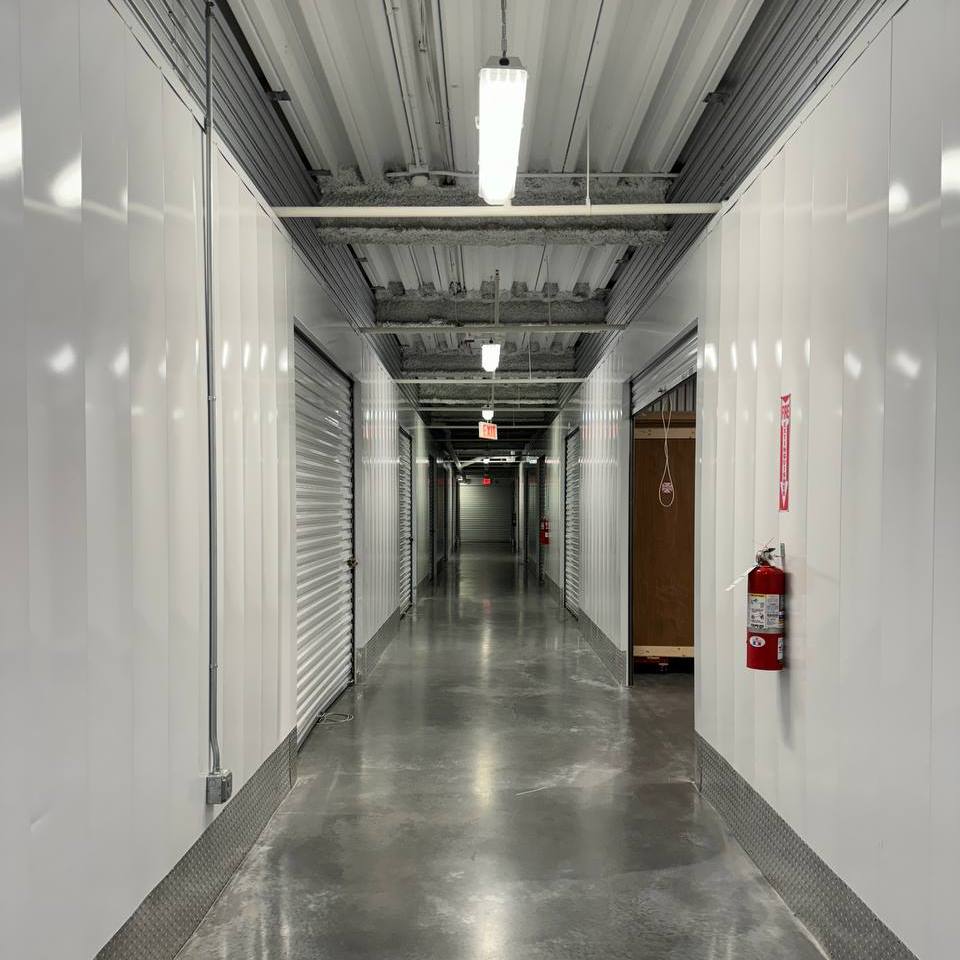Many forward-looking art owners spend sleepless nights thinking about how they can preserve their collections for generations. The search for bulletproof storage solutions has become the new form of philosopher’s stone search – a fusion of paranoia, science, technology, and creativity. Yet, things are not as desperate as with alchemy; here are a couple of sure solutions for long-term, apocalypse-proof artwork protection storage you should know.
Future-Proof Planning of Artwork Protection Storage
The classics of artwork storage is a well-equipped museum or gallery space with neatly organized shelves and racks. Yet, this concept is gradually giving way to more innovative solutions with a promise of withstanding emergencies and disasters, let alone the impact of time.
Underground Vaults
While subterranean fine art vaults and bunkers create a doomsday vibe for many, they are indeed the best storage option in terms of environmental stability and security. Such vaults can be equipped with customizable climate zones and biometric locks to give your art Swiss-level protection from theft, disaster, and environmental damage.
Climate-Stable Containers
Long-term artwork survival is impossible with propper wrapping and cardboard boxes alone. You need to take a broad set of measures directed at ousting the risk of humidity, mold, and temperature fluctuations creeping into the storage facility. If you’re looking for next-gen storage containers, use custom, acid-free crates with moisture barriers and silica get packets for added environmental stability and protection.
Advanced Packaging Materials
Fine art storage is a rather traditional industry with broadly recognized standards of packing materials. However, while glassine paper, archival tissue paper, and bubble wrap are still keeping the leadership, you may also consider more innovative materials with a promise of safe long-term storage. Depending on the art piece, some examples to keep in mind are aerogel insulation for added protection from temperature fluctuations, nano-coatings for UV and oxidation protection, smart sensors placed inside the packaging, and vacuum-sealed containers. These solutions may offer a more durable packing alternative, which will come in handy for extra-sensitive artwork made of quickly decaying materials.
The Future of Artwork Storage Is Now
As you can see, the task of protecting your art belongings for the next 100 years or so is not sci-fi anymore. With the quick advancement of engineering and manufacturing industries, new materials with greater durability and special physical properties emerge to address versatile needs. You can elevate your artwork protection storage efforts by trying these innovations out and striking the right balance between conservation and access.
